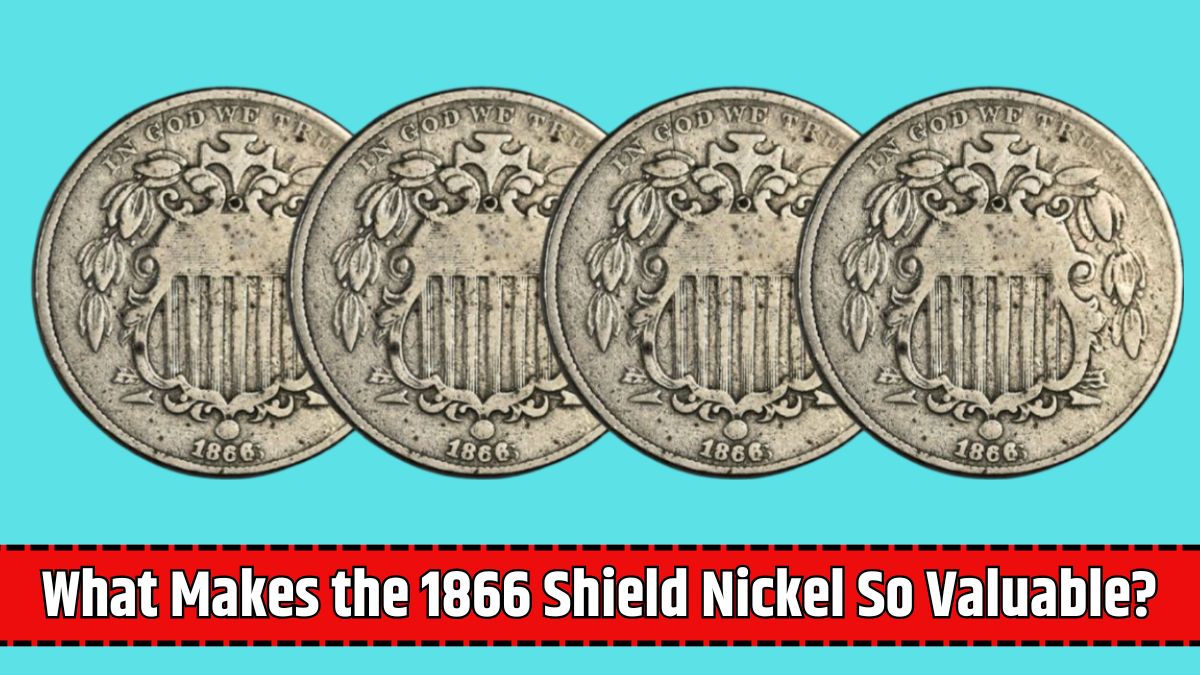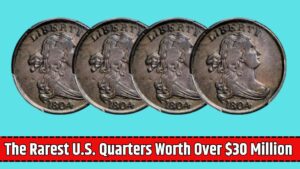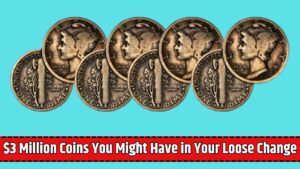The 1866 Shield Nickel isn’t just another coin—it’s a piece of American history. As the first U.S. coin made from nickel, it marked a turning point in how coins were made after the Civil War.
With its strong design and fascinating story, this coin is highly prized by collectors. Let’s take a closer look at its history, design, and value.
The Birth of the Shield Nickel
Before 1866, U.S. coins were mostly made from silver and gold. But during the Civil War, these precious metals became scarce.
Congress needed a cheaper alternative, and the answer was the Shield Nickel. Made from a copper-nickel alloy, it replaced the silver half dime and became a practical and affordable option for everyday use.
Why It’s Important:
- Innovation: First U.S. coin made with nickel.
- Historical Shift: Introduced during the post-Civil War recovery.
- Practicality: Replaced more expensive silver coins for daily transactions.
Design of the Shield Nickel
The Shield Nickel was designed by James B. Longacre, the U.S. Mint’s Chief Engraver. Its intricate design reflects strength and unity, while also carrying important symbols of the nation.
Key Features:
- Obverse (Front): A large shield symbolizes national strength and unity, surrounded by 13 stars for the original colonies. The motto “In God We Trust” sits above the shield.
- Reverse (Back): A wreath encircles the denomination “5 CENTS,” with 13 stars along the outer edge. The first coins also had raised rays around the stars, but this design was changed in 1867 to improve production.
Key Variations of the Shield Nickel
The Shield Nickel was minted from 1866 to 1883, but its first two years are particularly notable for design differences:
- 1866 With Rays: The first version featured raised rays on the reverse. These coins are rarer and more valuable.
- 1867 Without Rays: The rays were removed to make the minting process easier, and this design became more common.
Value of the 1866 Shield Nickel
The value of an 1866 Shield Nickel depends on its condition and whether it has the “With Rays” design. Coins in better condition or with rare features are worth more.
Value Guide:
| Condition | Estimated Value |
|---|---|
| Good (G-4) | $20 – $30 |
| Fine (F-12) | $50 – $75 |
| Extremely Fine (EF-40) | $150 – $300 |
| Uncirculated (MS-63) | $800 – $1,200 |
| Proof (PR-65) | $3,000 – $6,000 |
Coins with the “With Rays” design are especially valuable in uncirculated or proof conditions.
Tips for Collecting the Shield Nickel
The Shield Nickel is a favorite for coin collectors, but finding one in great condition can be tricky. Here’s how to get started:
- Inspect the Design: Look for sharp details on the shield and stars, which indicate minimal wear.
- Seek Professional Grading: Graded coins are authenticated and easier to value.
- Look for Original Luster: Coins with their original shine, especially proofs, are the most valuable.
Legacy of the Shield Nickel
The 1866 Shield Nickel wasn’t just a new coin—it set the stage for modern U.S. coinage. Its use of nickel paved the way for coins we use today, like the modern nickel and others.
It also introduced important national symbols, such as the shield and the phrase “In God We Trust,” which are still found on American currency.
This coin is a testament to the resilience of the U.S. during tough times, and for collectors, it’s like holding a piece of history in your hand.
Whether you’re just starting out or are a seasoned collector, the Shield Nickel is a fascinating and valuable addition to any collection.
















